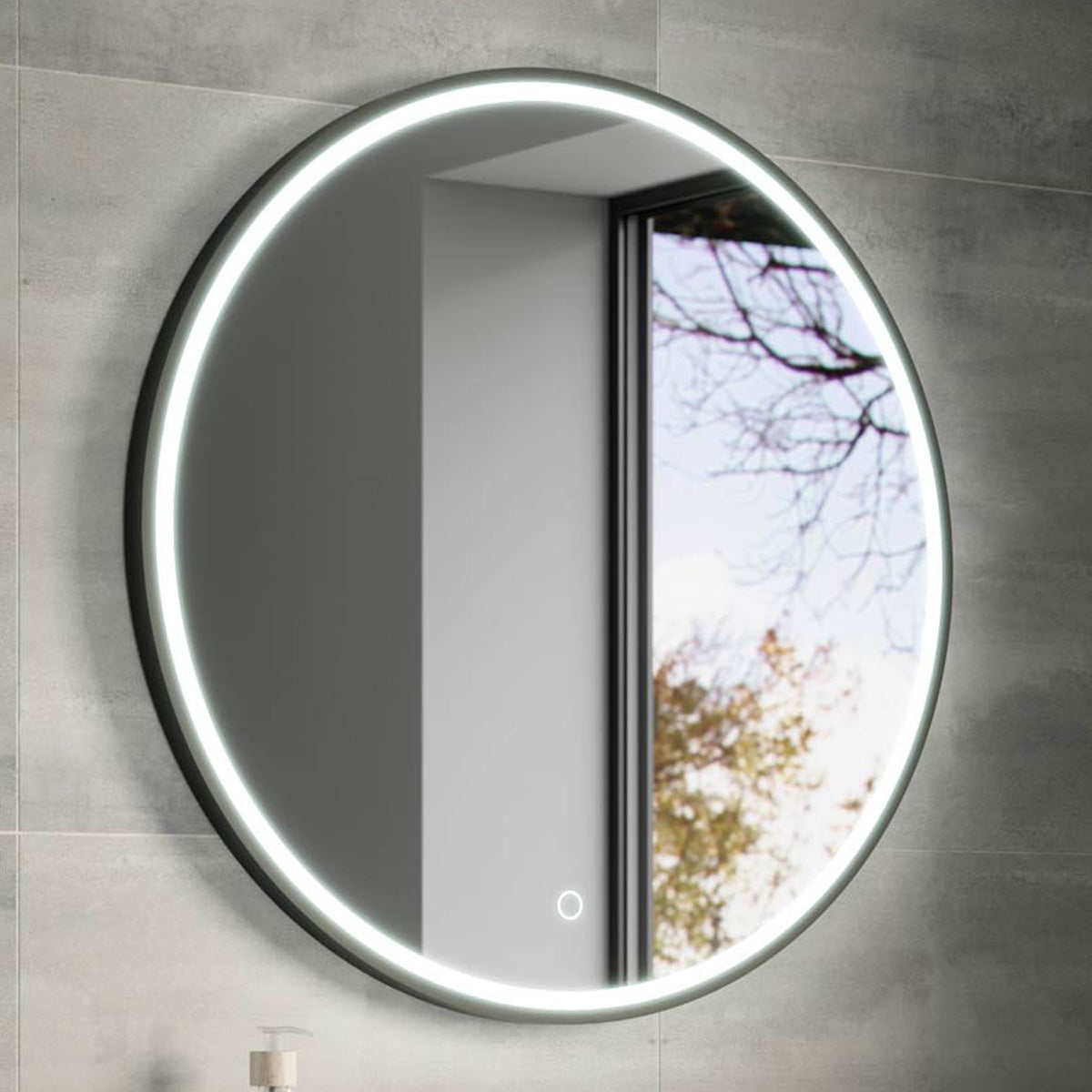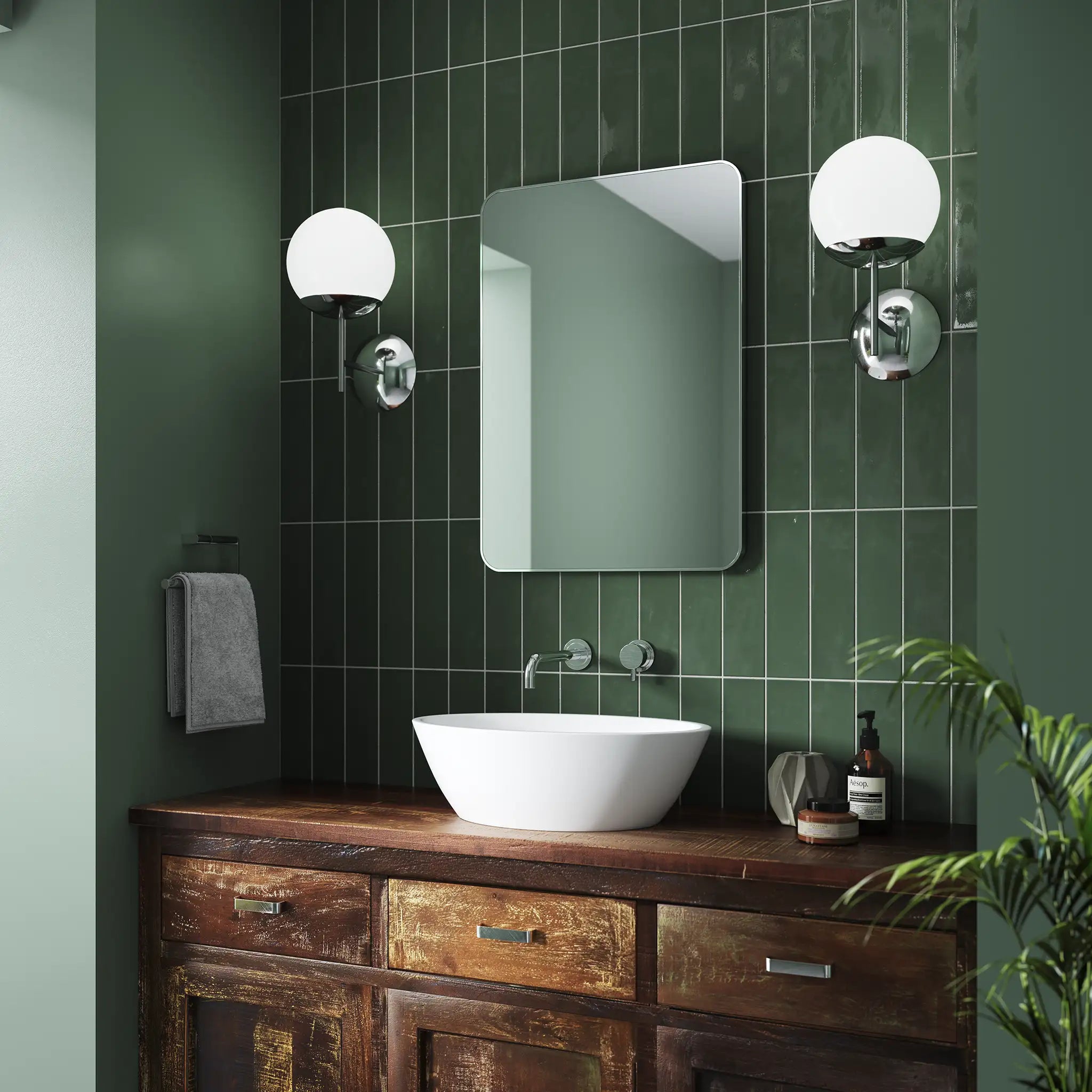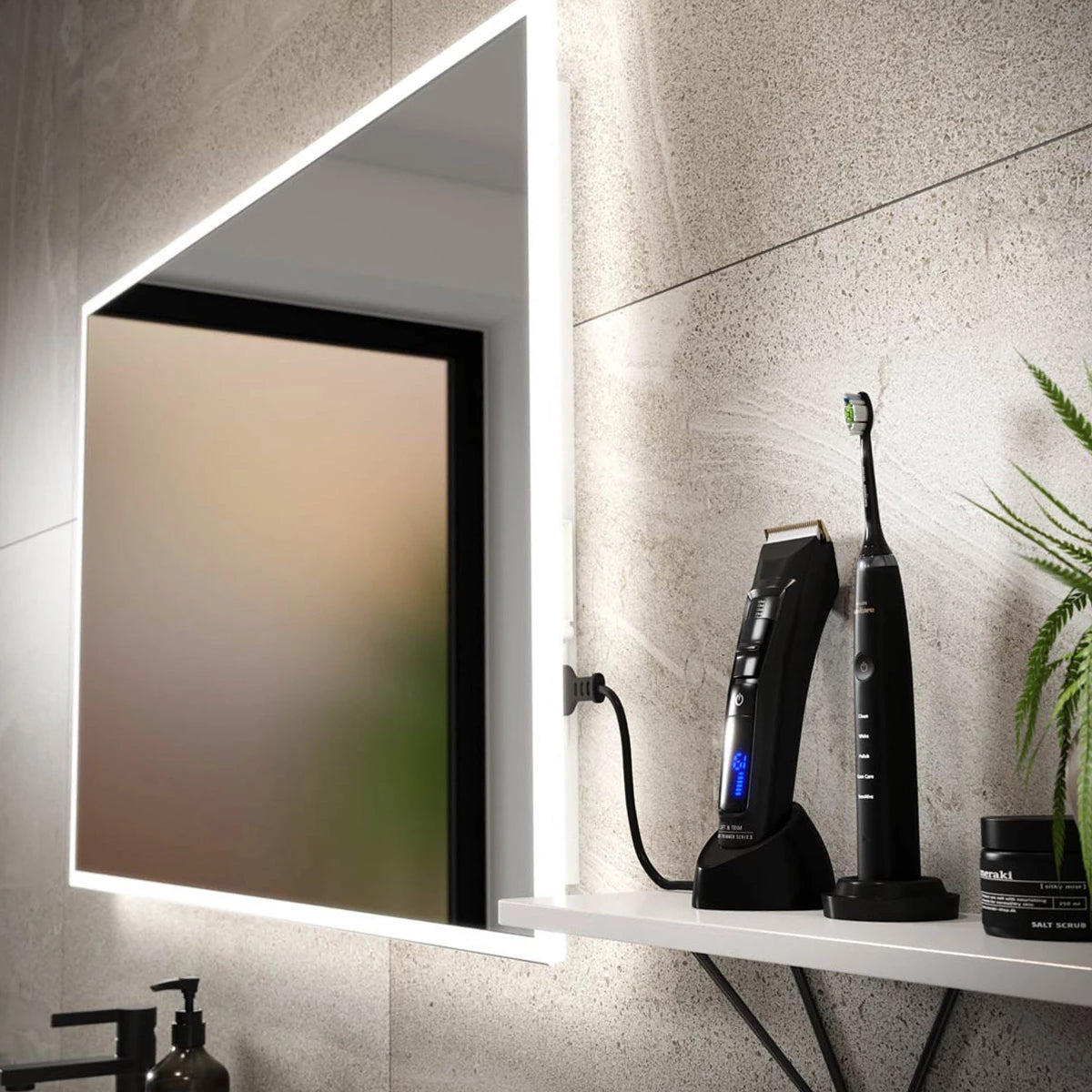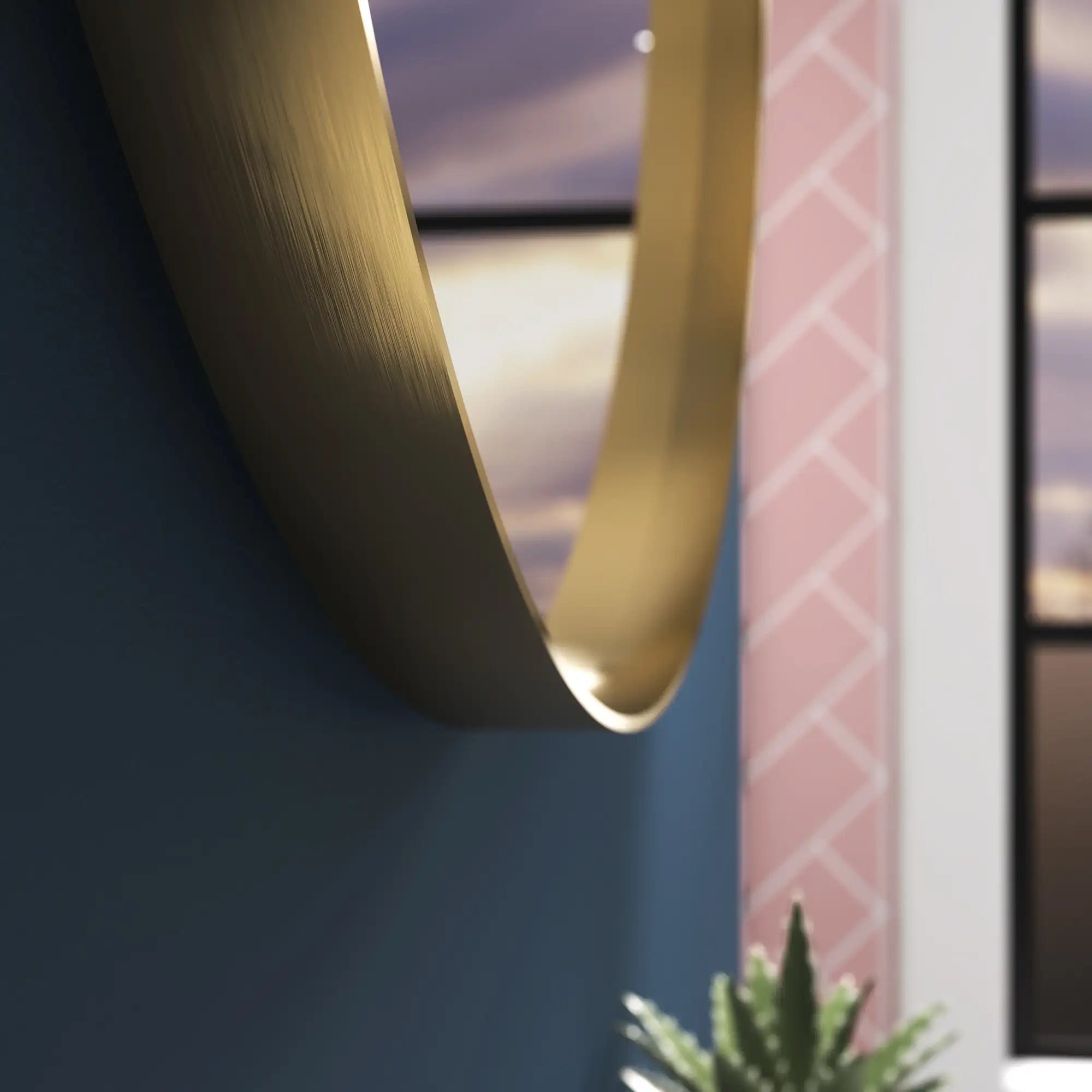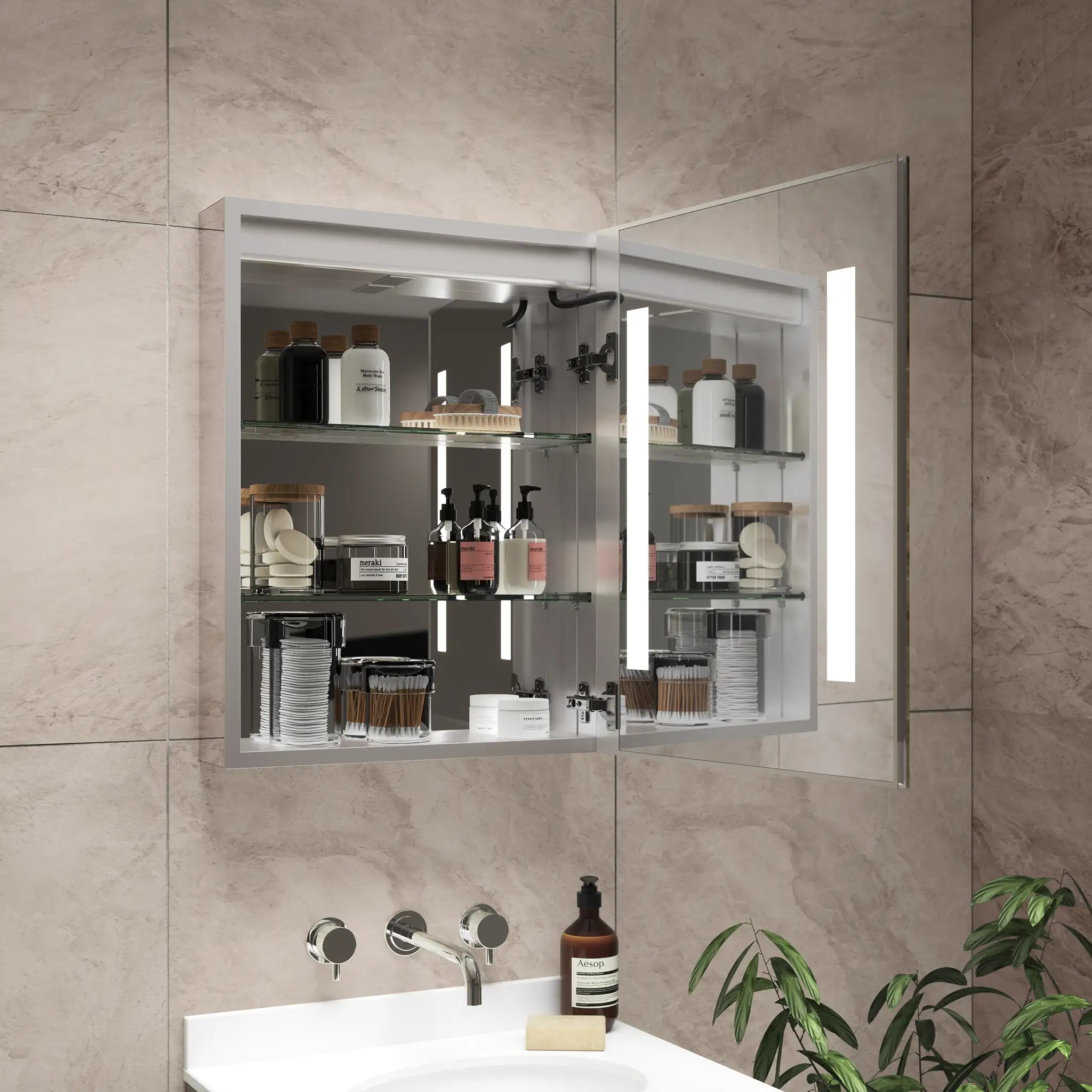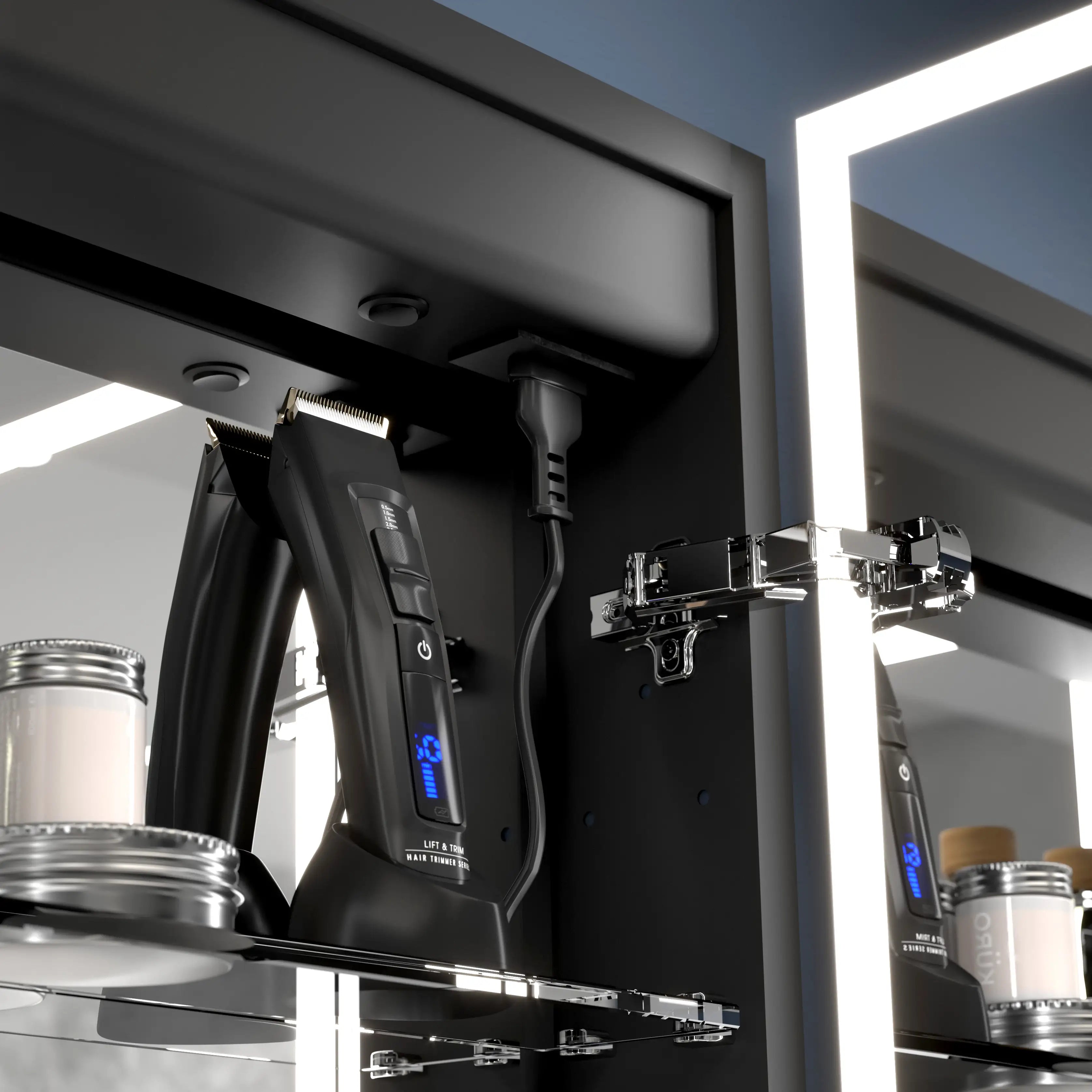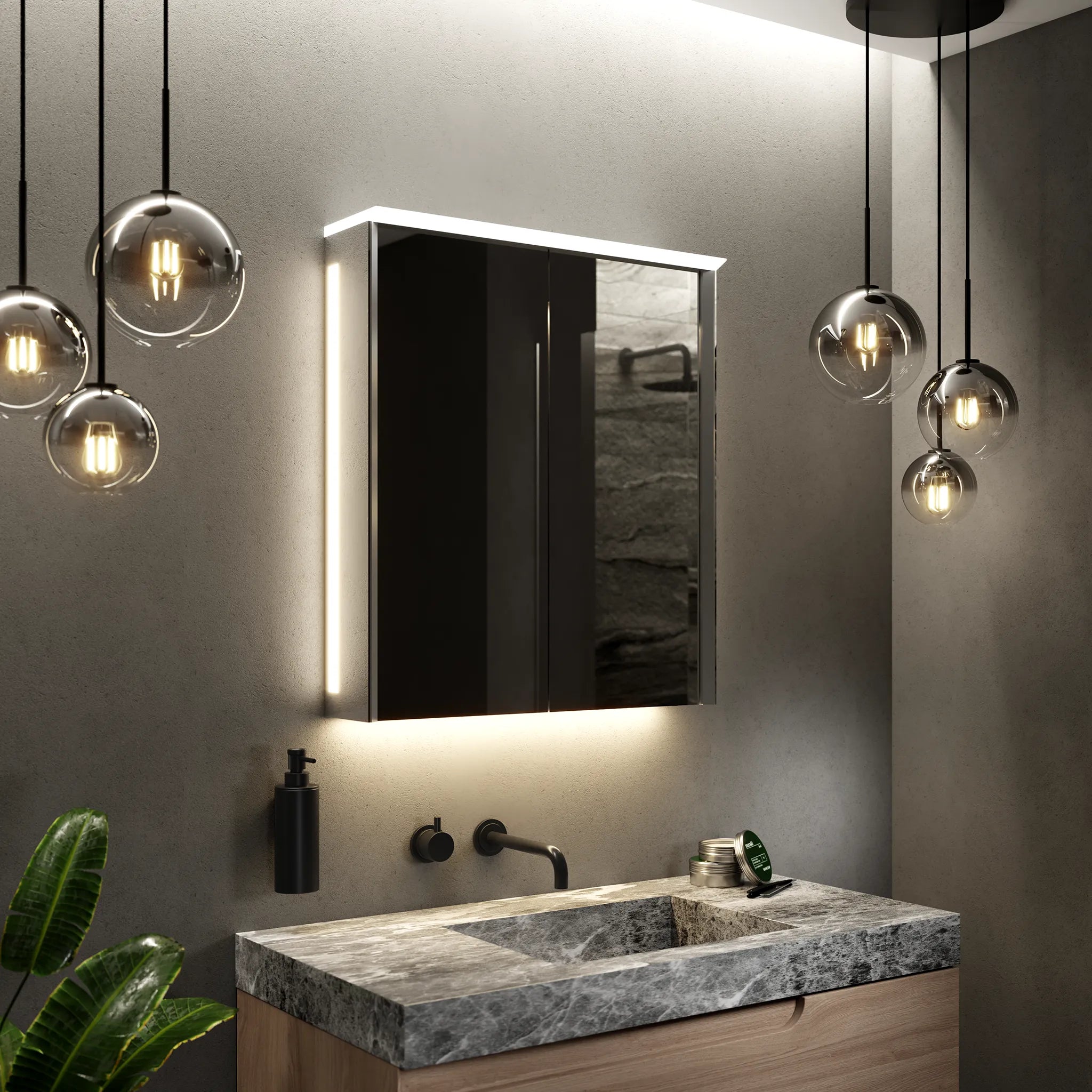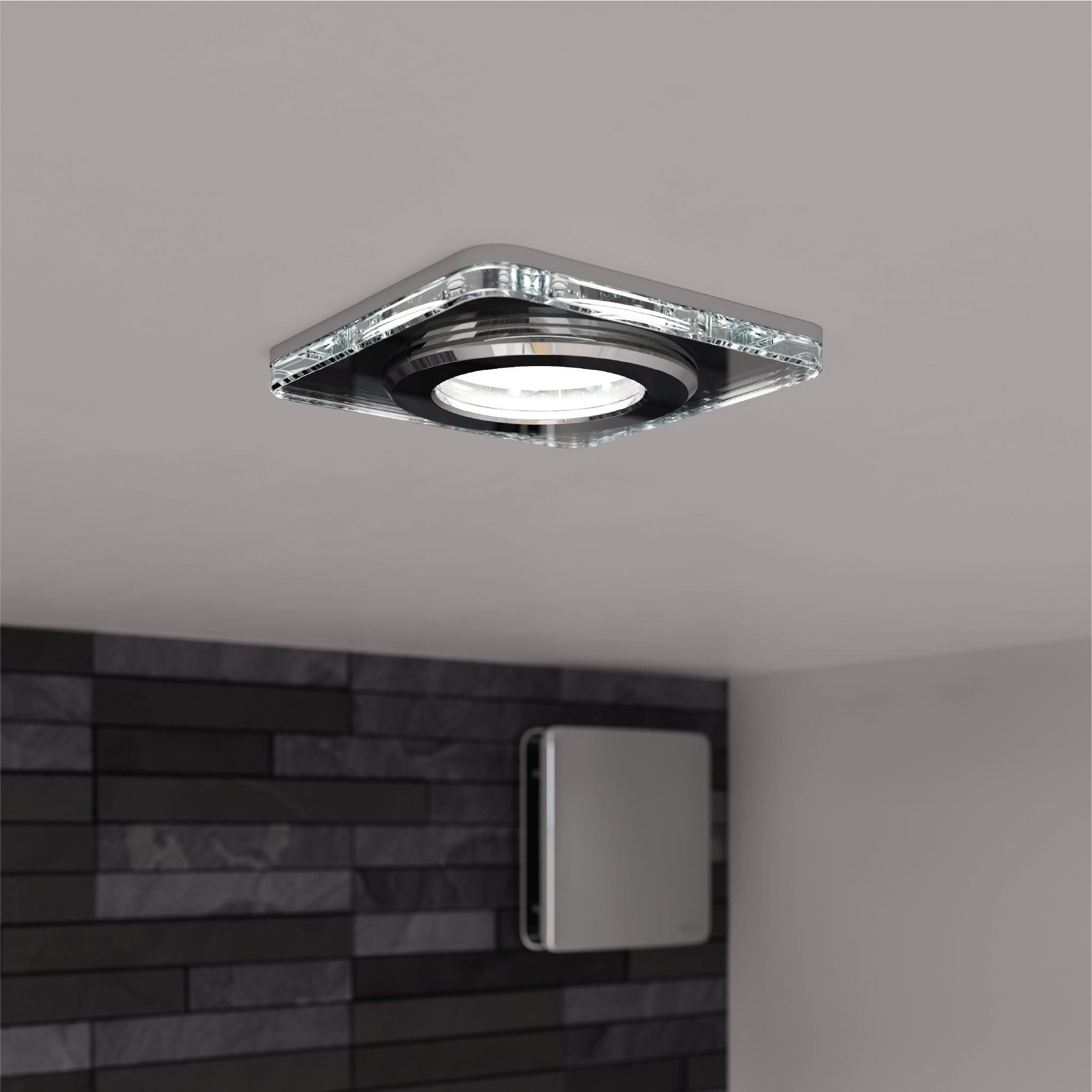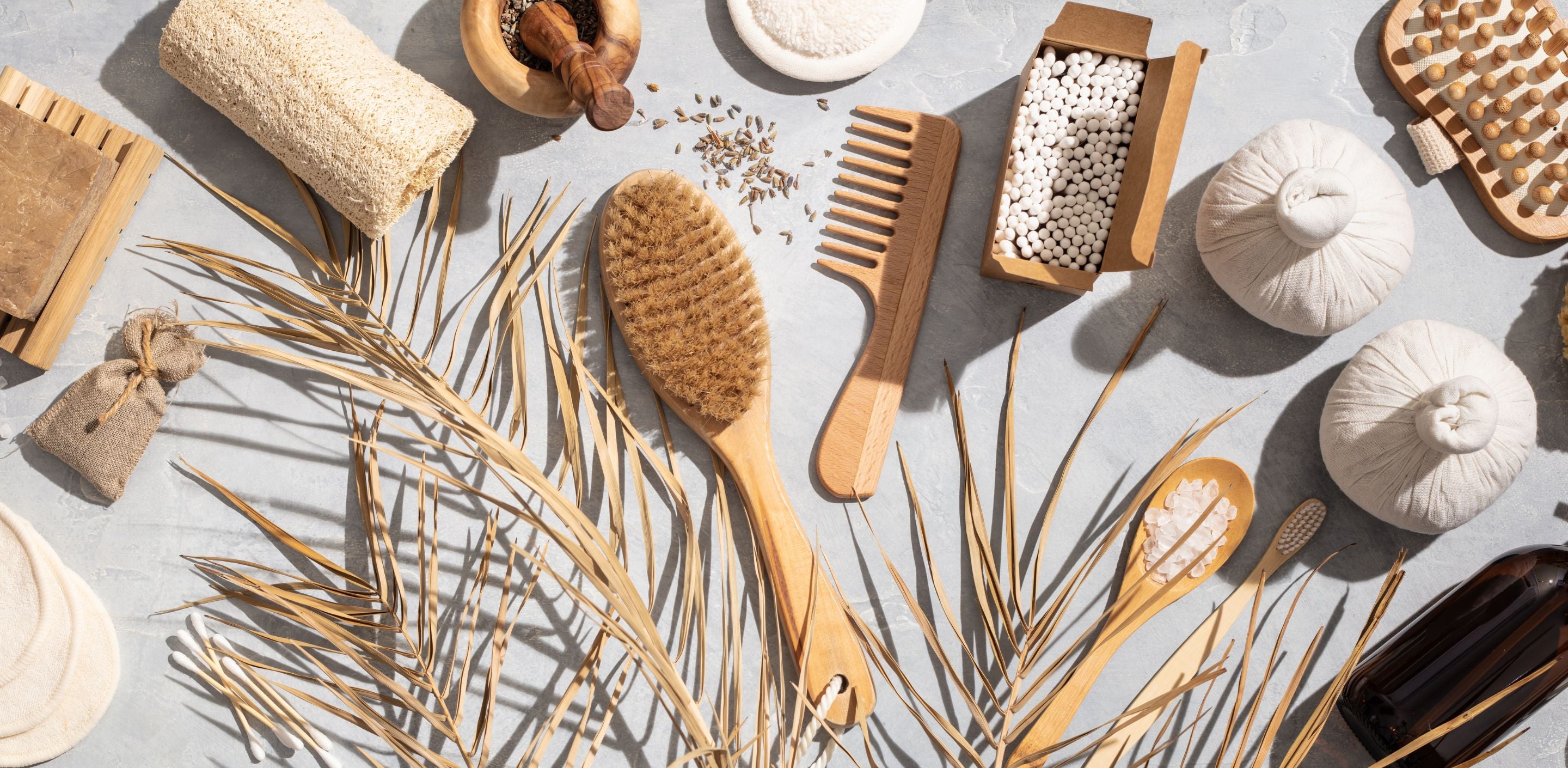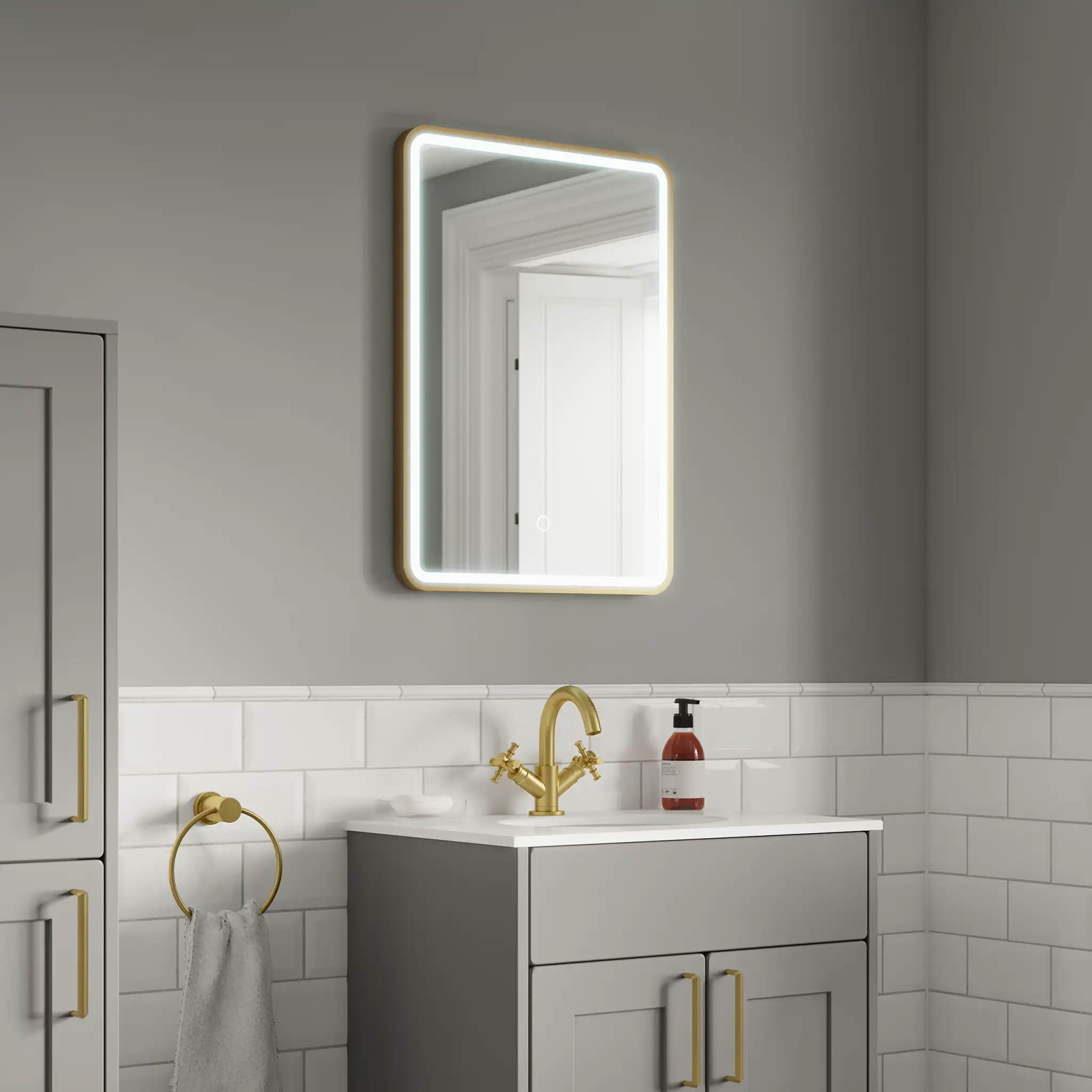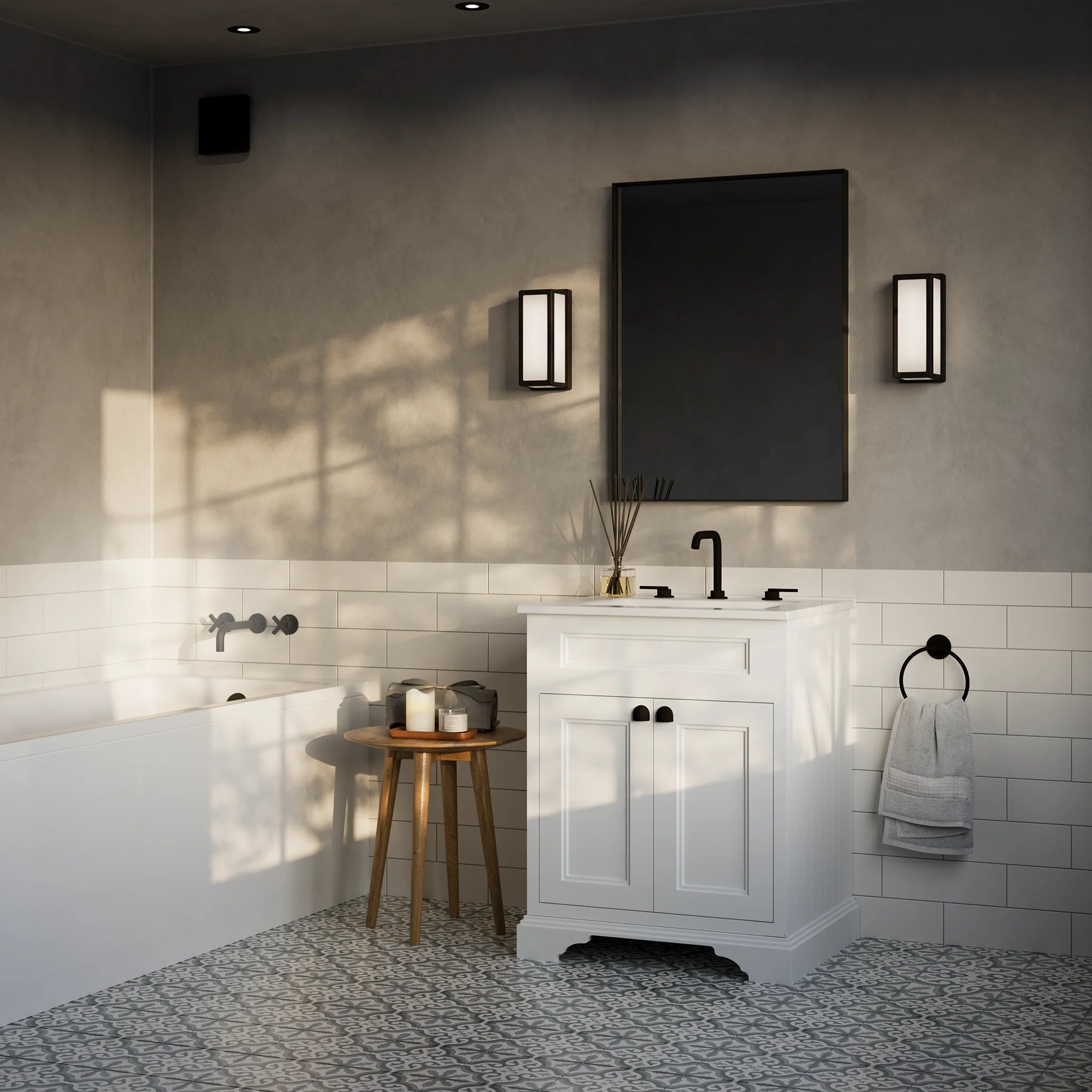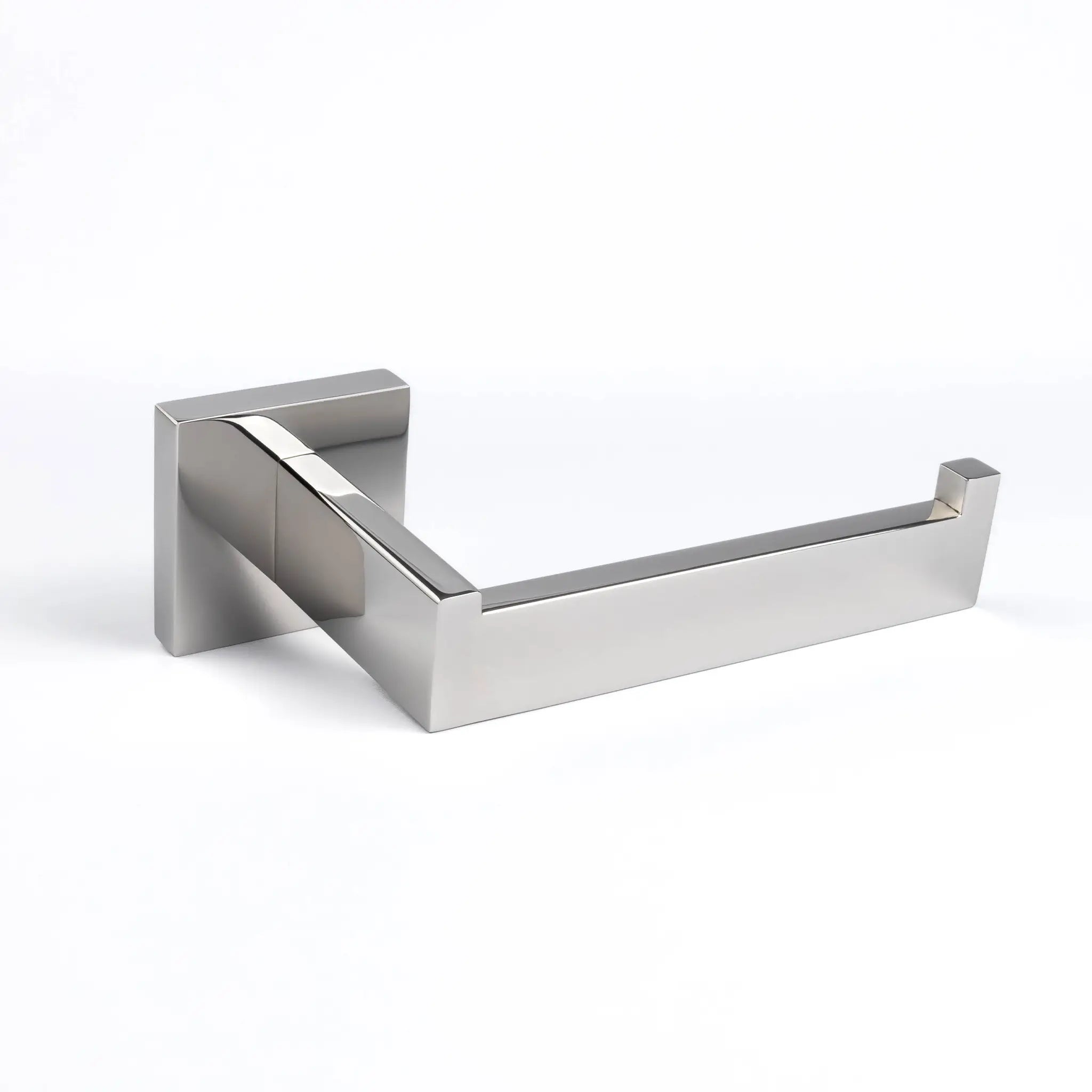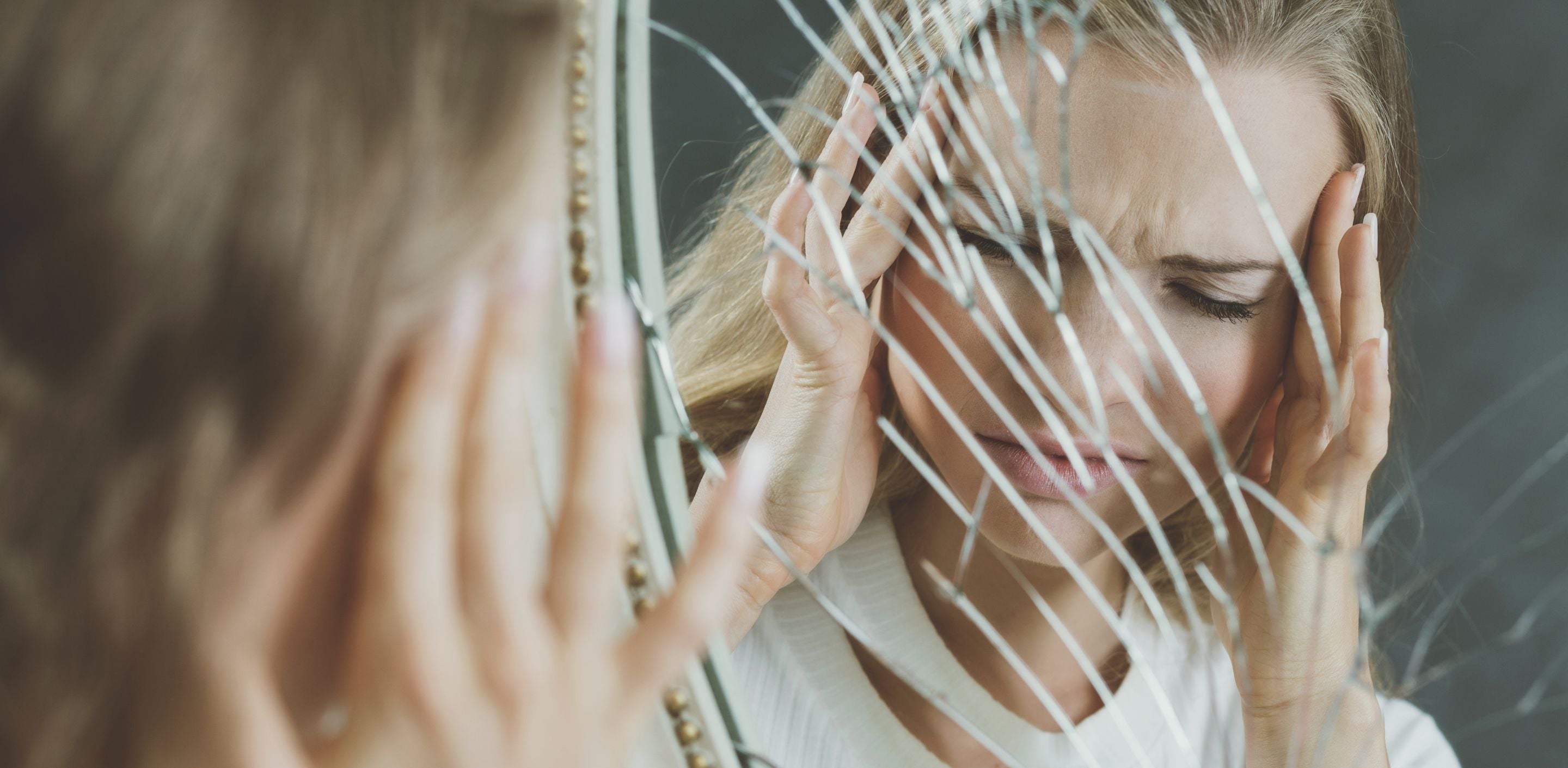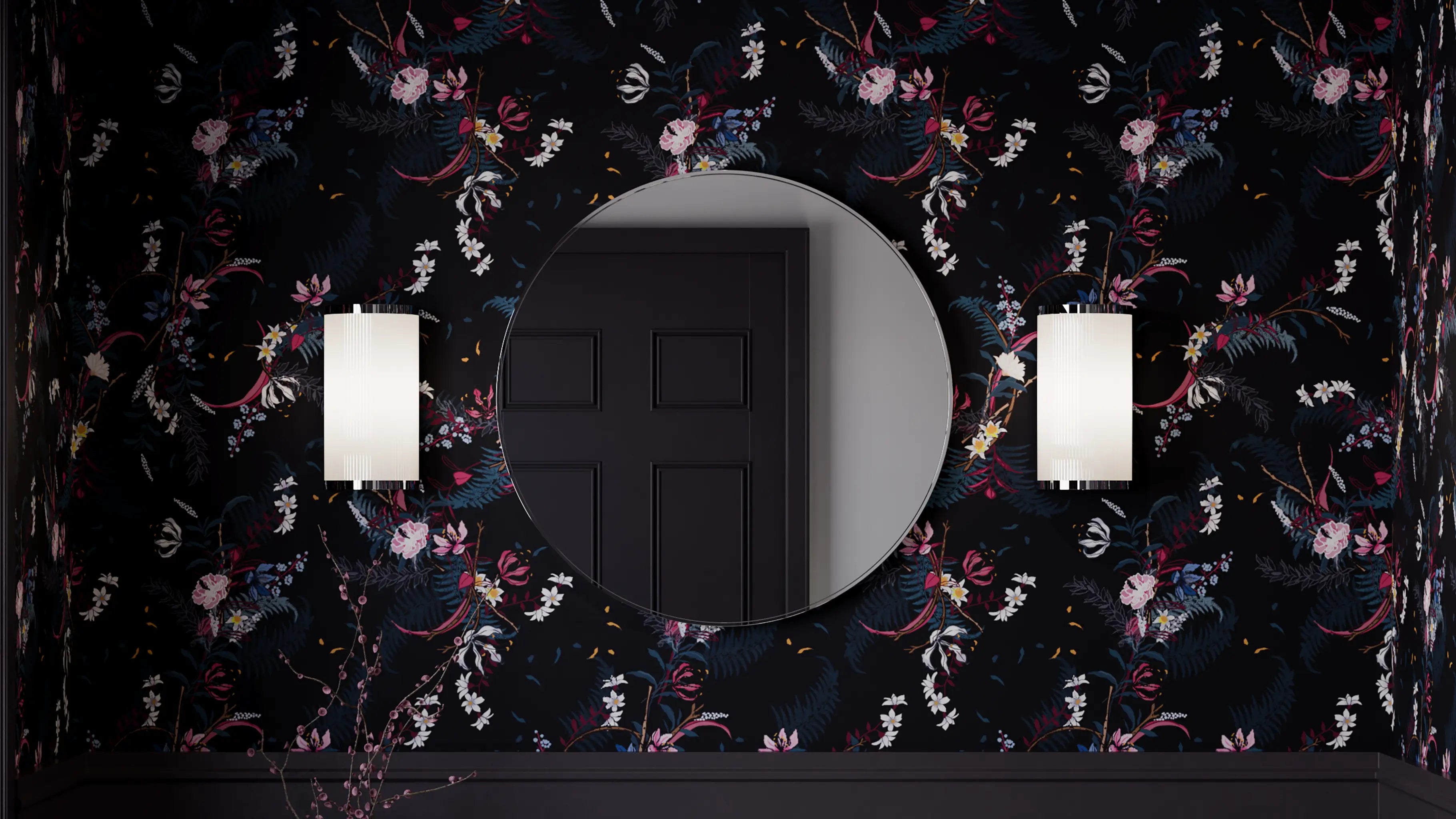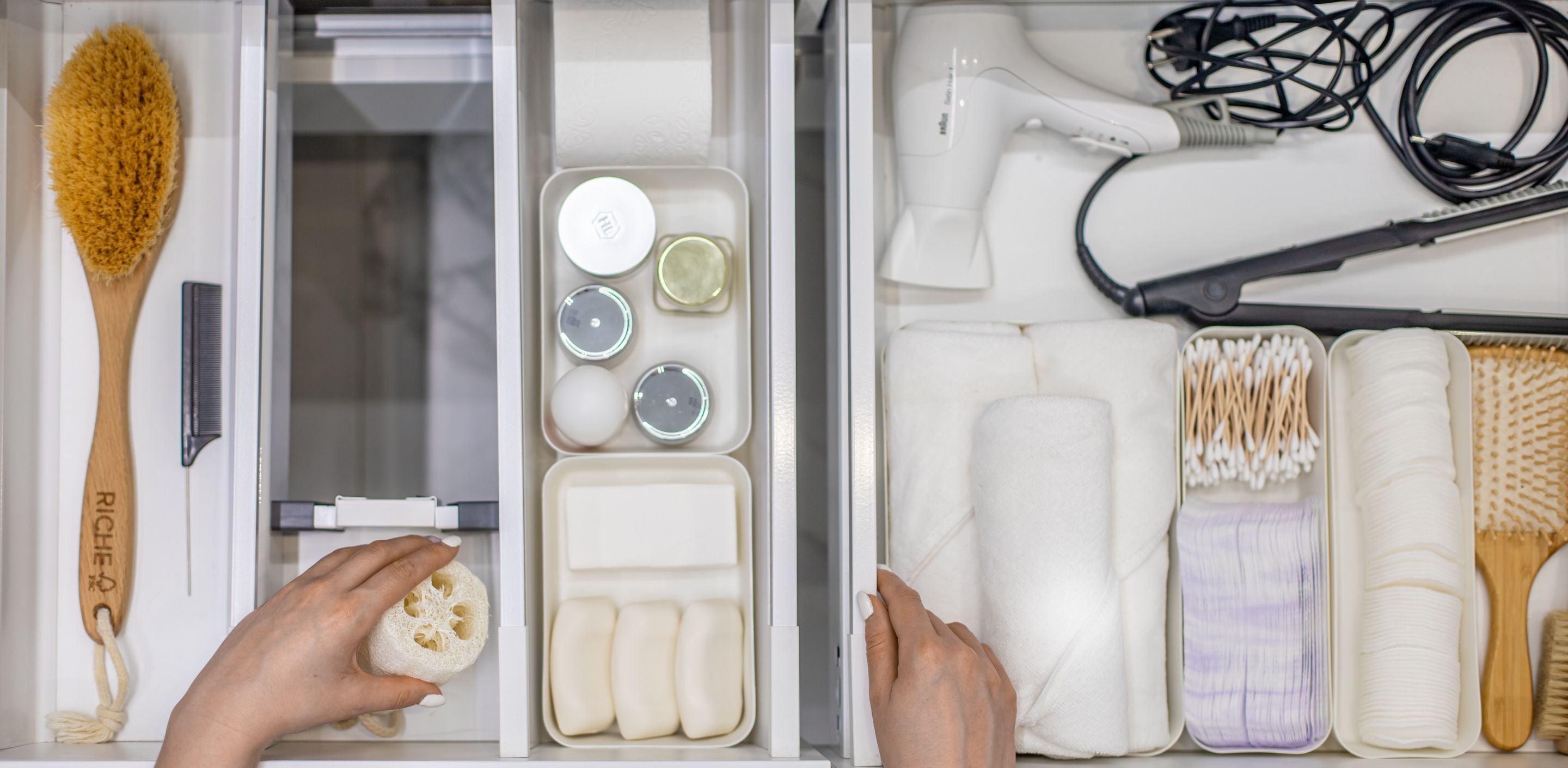At Pebble Grey, all our products are made from naturally occurring materials like aluminium and glass, both of which can be safely recycled, unlike plastic or acrylic around the home. But let's take our eco friendly approach one step further, and look at the other things we can do to minimise our environmental impact in the bathroom.
Conserve water by taking showers
Conserving water is one of the simplest and most cost-effective methods of making your bathroom eco-friendly. There are several actions you can take that will save you money in the long term as well as save the planet. Turn off the tap while you’re brushing your teeth – this can save up to 240 gallons of water a month. In fact, why not invest in an infra-red motion sensor tap, which only activates once your hands are underneath the faucet? Another thing to consider is taking a shower instead of a bath – showers use as little as 15% of the water needed for a bath and this represents a huge saving in both water and on your utility bills. Even cutting back on the number of showers you have each week can make a huge impact. Consider installing a low flow shower head too. This will reduce water consumption by up to 50% and you won’t notice the difference when you’re using it, it will be just as effective for showering.
Install a dual flush toilet
A dual flush toilet allows you to choose how much water you use every time you flush. If this seems like an expensive option, then there are variable flush devices that can be installed in your existing loo. It's also important to keep on top of leaks and drips in the bathroom. In addition to costing homeowners thousands every year, water waste has a massive effect on the environment. Check all of your fixtures and connections regularly to decrease your water waste.
Use LED lighting instead of fluorescent bulbs
Why not make the switch to LED lighting in your bathroom – technological advances in LED bulbs mean that you can now buy ‘warm’ colour light bulbs that can be the perfect choice in the bathroom. Not only do LED bulbs consume 80% less energy than a traditional bulb, they also last 25 times longer, meaning no more changing the bulb on a regular basis.
Extend the life of your bathroom with an extractor fan
Bathrooms are the dampest rooms in the house and the conditions are perfect for mould and mildew to take hold. Avoid this by installing an energy-efficient fan to keep the moisture levels down and keep your bathroom looking at its best. If you already have an extractor fan fitted, consider replacing it with an energy-efficient model. This could help you save 60% on your current energy consumption. If you have a fan, make sure you use it – it will need to be left on for at least 15 minutes after every bath or shower in order to be effective in keeping your bathroom dry.
Eco Friendly Bathroom Products
Look for environment friendly bathroom products. Recycled toilet paper is available in all the major supermarkets and doesn’t cost much more than regular toilet paper. What about bathroom cleaning products – why not consider eco-friendly and sustainable options. Natural bathroom products, such as moisturisers, face wipes, and shampoos all do their part to help the planet. And did you know that most places in the UK allow you to recycle your shampoo, conditioner, toothpaste tubes, and shower gel bottles? Make sure you check with your local area to see what you can and can't recycle from your bathroom.
Invest in classic design choices
If you’re currently renovating your bathroom, you should consider building it with your future in mind. You might be fully mobile now, but in the future, you may not be. Building your bathroom with accessibility in mind, by fitting a wet room, and positioning your outlet drains in certain ways can save on future renovation and waste disposal.
Ditch the PVC shower curtain. Unfortunately, PVC shower curtains are not recyclable and can be really damaging to the environment. The best thing that you can do is find an alternative use for the PVC liner and replace your shower curtain with a non-PVC alternative or a glass shower screen.
These may seem like small changes now, but if enough of us take them on board and implement these changes in our households, we can protect the environment and reduce our carbon footprint together.


